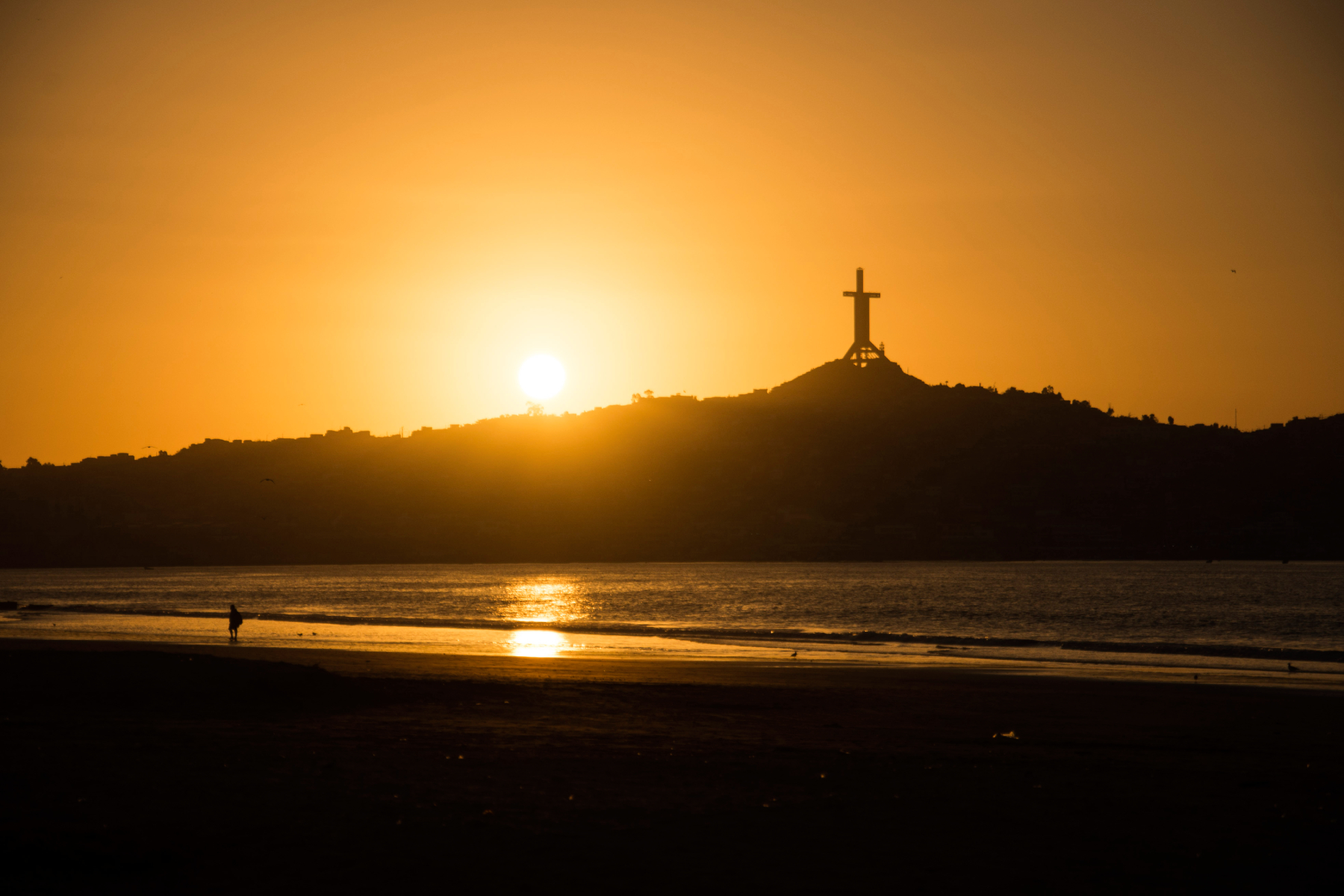Get to Know the Paradisiacal Beaches of Chile
By: Hernan Claro - 9 January, 2024

The beaches of the Coquimbo Region combine golden sands, clear waters, and a rich marine biodiversity. From La Serena to La Higuera beaches and the mouth of the Limarí River, each corner has its own secrets.
The cuisine, water sports, and a moment of peace by the sea are just some of the experiences you can find on the charming beaches in the Coquimbo Region. Do not miss the opportunity to visit them and discover by yourself why they enjoy international recognition.
Beaches in La Serena
The beaches on Avenida del Mar in La Serena attract hundreds of tourists every year who enjoy the varied cuisine and hotel offerings that characterize the city.
The coastline is subdivided into the following beaches: Los Fuertes, Mansa, Blanca, La Barca, Cuatro Esquinas, La Marina, El Pescador, El Corsario, Hipocampo, Las Gaviotas, and Canto de Agua. Most of them can be crossed by cycle lane.
The El Faro beach is also part of them. Although it is not suitable for swimming, it is widely visited thanks to the Monumental Lighthouse, a symbol of the city that will allow you to take unique photos and connect with Chilean history.

Photo: Sernatur audiovisual bank.
Coquimbo Beaches
La Herradura
Did you know that according to the legend, the famous pirate, Francis Drake buried a treasure in La Herradura? If you would like to look for the spoils, you cannot miss this iconic beach in Coquimbo.
La Herradura stands out for its calm waters, ideal for swimming. In its surroundings is the Yacht Club, which offers the possibility of nautical trips, as well as a fishermen’s cove that will allow you to taste the best of marine cuisine.
Totoralillo
Clear waters and a large expanse of white sand make Totoralillo a tropical paradise that has nothing to envy of a Caribbean beach. It is located 15 minutes from downtown Coquimbo and is especially frequented by surf lovers due to the high quality of its waves.
In addition, this beach is known for its sole and sea bass fishing, supplying visitors an authentic and fresh culinary experience.

Photo: @luk.scp
Guanaqueros
Located 34 km to the south of Coquimbo, Guanaqueros has set itself up as the most recognized beach in the region, captivating visitors with its 7 km of coastal charm and exquisite cuisine.
Here you will find a variety of cabins and campsites, as well as an enthusiastic nightlife, and if you are looking for adventures in the water, you will find boat rides that will allow you to see the beauty of the coastline from a unique perspective.
Tongoy
Located 44 km from downtown Coquimbo, Tongoy is a coastal treasure nestled on a small peninsula divided into two beaches. The Socos Beach—4 km long—is the most visited, with calm waters and small waves that make it a perfect place to enjoy with the family.
The other jewel is the extensive Playa Grande de Tongoy, with 14 km of coastline that are famous for being a good place for recreational fishing.

Photo: @_br0wn.skin
We cannot leave out other beaches in the district of Coquimbo that attract hundreds of tourists every year: Peñuelas, Las Tacas, Morrillos, and Playa Blanca are other alternatives that you cannot miss.
La Higuera Beaches
Venture to the hidden beaches of La Higuera, a coastal area located 43 km by car from La Serena along Ruta 5. This coastal enclave is home to jewels such as Caleta Los Hornos, La Despensa, Chungungo Viejo, Cruz Grande, and Temblador.
Another must-see destination in this district is Punta de Choros, a fishing cove which you can access the Pingüino de Humboldt National Reserve from. Here you will be able to see the iconic Humboldt penguin and go whale watching.
Pichidangui – Los Vilos
With its horseshoe-shaped beach that stretches for 6 km, Pichidangui is a perfect place for swimming, sailing, canoeing, diving, and sport fishing.
In addition, in this coastal corner you will find a variety of restaurants and tourist attractions such as the Santa Teresa de Jesús Chapel, a small architectural jewel built on a rocky place on the coast, which adds a touch of history to the environment.

Photo: @nataliabecerra
On the other hand, Los Vilos has become an epicenter of summer activity for the region, with calm waters that are a regular venue for water sports.
The town also has additional attractions such as the Laguna ConchalíWetland and the Monte Aranda Rock Park, where visitors can connect with both archeology and nature.
Limarí River Mouth
The mouth of the Limarí River is located in the district of Ovalle, where a beautiful coastal lagoon and a 750-meter beach are in the middle of amazing natural surroundings.
It is a key zone for biodiversity, as it is home to 131 species of fauna and seventy species of flora, which earned the distinction of Santuario de la Naturaleza. Undoubtedly, it is a perfect destination for those seeking tranquility.

Photo: @kalykalyta



















